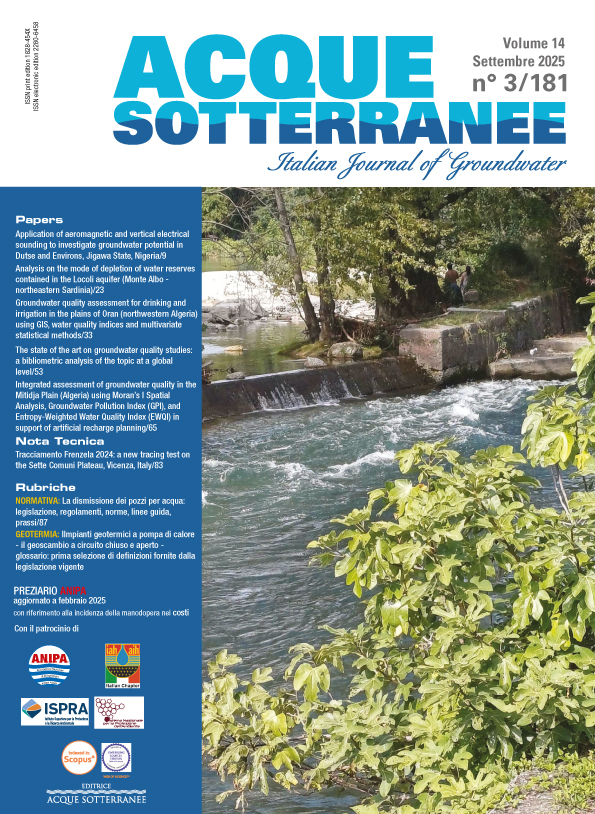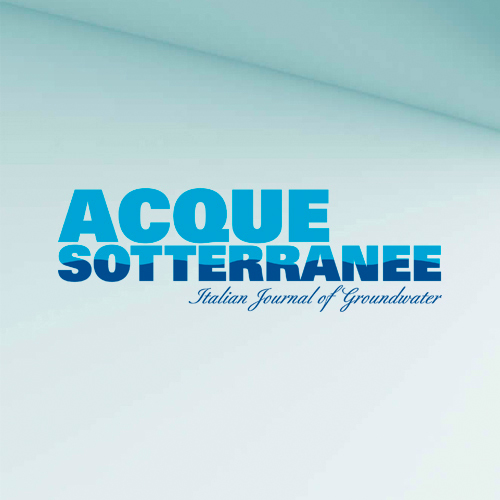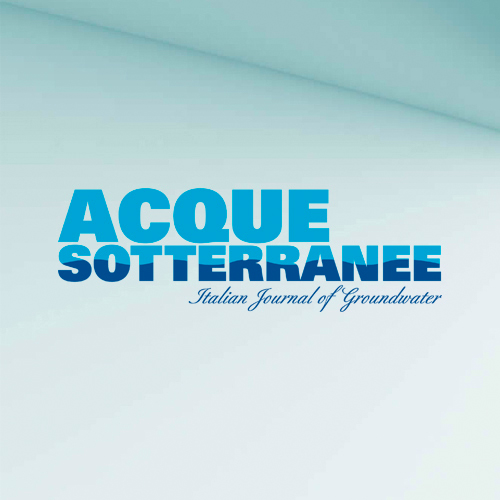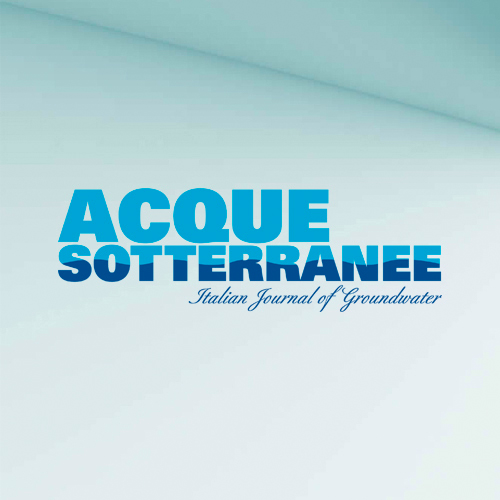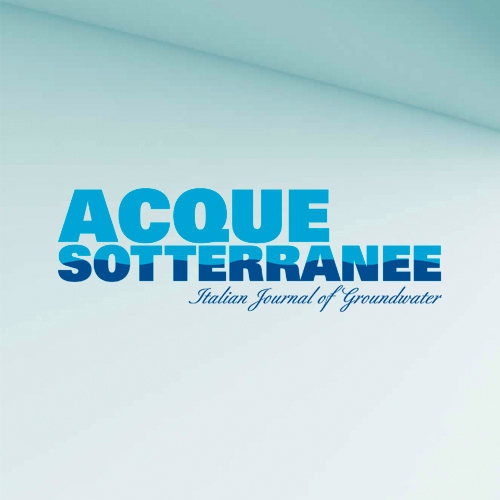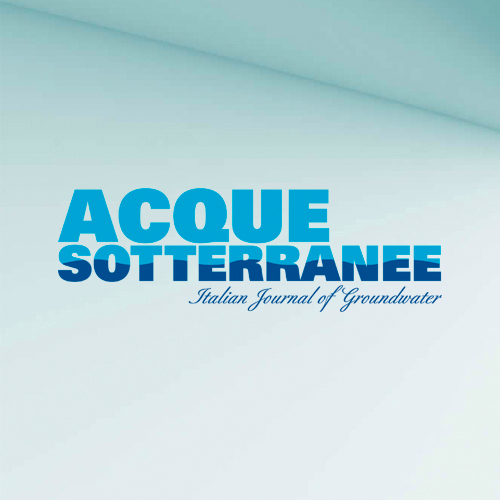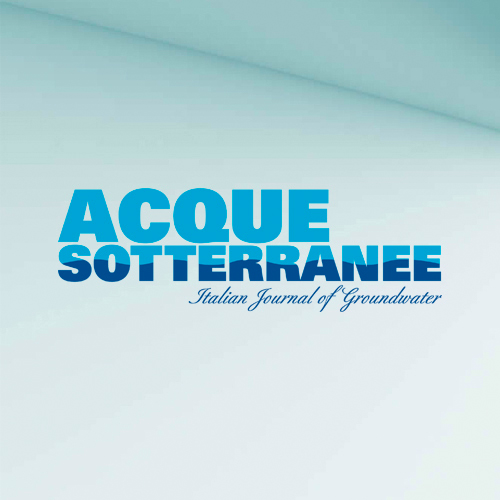Integrated assessment of groundwater quality in the Mitidja Plain (Algeria) using Moran’s I Spatial Analysis, Groundwater Pollution Index, and Entropy-Weighted Water Quality Index in support of artificial recharge planning
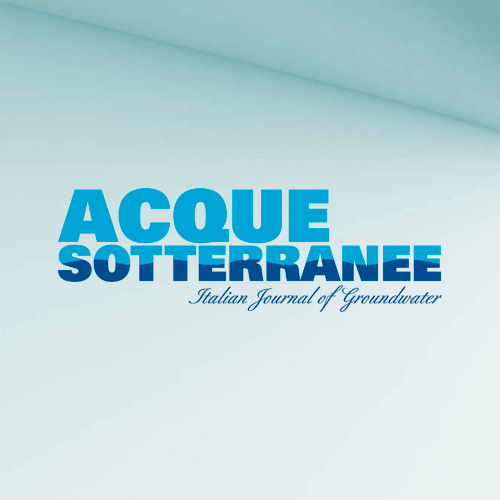
All claims expressed in this article are solely those of the authors and do not necessarily represent those of their affiliated organizations, or those of the publisher, the editors and the reviewers. Any product that may be evaluated in this article or claim that may be made by its manufacturer is not guaranteed or endorsed by the publisher.
Authors
Monitoring the quality of groundwater intended for the drinking water supply in the Mitidja aquifer is a key element of the preliminary feasibility study into recharging the aquifer with treated wastewater. The degradation of the aquifer is due to infiltration water from irrigation and industrial discharges, as well as marine intrusion. As part of the study, 49 water points were monitored throughout 2019. Sampling campaigns covered 26 points during the high-water period and 23 points during the low-water period. The chemical analysis of the collected samples focused on major ions and physical parameters. For this article, two quality indices were used: the Groundwater Pollution Index (GPI) and the Entropy Water Quality Index (EWQI), which were applied to the two seasons studied (high and low water). The spatial extent of pollution was assessed using ordinary kriging (OK) and an interpolation technique based on the Moran’s I index. The results revealed strong autocorrelation for the hydrochemical parameters Cl−, SO42−, EC, and TDS using Moran’s I index during the wet season and for Cl−, SO42−, TH, and TDS during the dry season. This indicates strong spatial dependence with a confidence level ranging from 99% to 90% (P<0.01 and P<0.1). Groundwater quality estimated from the GPI shows 3.8% and 17.4% as “high pollution” and 38.4% and 43.4% as “moderate pollution” in the wet and dry seasons, respectively. The cumulative percentages of waters classified as having “insignificant pollution” or “low pollution” were found to be 57.6% and 49.1% for the wet and dry seasons, respectively. Similarly, 76.9% and 65.1% of groundwater falls into the "excellent" to "good" quality classes for consumption according to the entropy index (EWQI), while 23% and 30.4% belong to the ‘medium’ quality class for the wet and dry seasons, respectively. An increase in GPI and EWQI concentration levels was observed during the dry season. This increase was observed in the far western area, characterised by agricultural land use, and in the far eastern area, which is highly urbanised and densely populated and corresponds to the Rouiba industrial zone. It is imperative that actions are urgently implemented to detect and control pollution sources before the aquifer is artificially recharged, in order to prevent any additional risk of contamination.
Supporting Agencies
The study was carried out as part of the PNR (Projet National de Recherche) project funded by the DGRSDT, Algeria.How to Cite

This work is licensed under a Creative Commons Attribution-NonCommercial 4.0 International License.
PAGEPress has chosen to apply the Creative Commons Attribution NonCommercial 4.0 International License (CC BY-NC 4.0) to all manuscripts to be published.


